How to Go Plastic Free?

Your first 10 items on “how to go plastic free”
A beginner guide on where to start your sustainability journey and how to.
No, you don’t go completely single use plastic free from day one.
Our recommended approach is that you start with 10 items, step by step and then progress slowly to more once you feel more confident.
Here is the list and we’ll explain each of them while listing a few tips:
- Reusable Water Bottle
- Reusable Coffee Cup / Tea Cups
- Reusable Straw (If needed)
- Reusable Smoothie Cup
- Reusable Cutlery Set or Spork
- Reusable Lunch Box
- Reusable Shopping Bag
- Reusable Produce Bags
- Bamboo Toothbrush
- Reusable Wraps
- Soap Bar (over Liquid Soap Bottles)
1) Swap Single-use Plastic Bottles with Reusable Water Bottles

The Problem
The very first thing to do when starting your plastic free journey is to stop drinking bottled water. It seems pretty obvious to the “zero wasters” but why are there are billions of people on earth still using it and therefore increasing their demand on the market?
We understand that in some countries tap water is not safe, but this is not the case for many other developed countries, including the USA, Canada, the UK, and Australia.
In the USA 50 billion water bottles are sold every year and at least 38 billion of them end up in landfills, roughly 60 million plastic bottles every day. Australians are even worse compared to the size of the population. They buy almost 15 billion plastic bottles every year and many of these end up in landfill or in our waterways.
Did you know that it takes 3L of tap water and 250 ml of oil to produce one litre of bottled water? It sounds outrageous, but it’s the truth. Isn’t this already reason enough to stop?
Furthermore, single-use disposable plastic water bottles may cause chemical contamination and toxity to the drinking, particularly if those bottles have been stored in hot area, or if they have been exposed to high temperatures or sunlight in between transportation.
The Solution
Use a stainless steel reusable water bottle, not a plastic or aluminium one, as high quality food-grade stainless steel is one of the safest materials. If you like carbonated drinks, buy a soda make and refill your reusable bottle.
Tip 1: are you on a low budget? Reuse a glass bottle from water, juice or passata bought at the supermarket and use an old stubby cooler to help prevent breaking.
Tip 2: Don’t buy a spray painted water bottle. The paint will chip off within six months to 1 year and your water bottle will look old. Buy instead a bottle with a brushed or polished stainless steel surface and it’ll last for ever.
Related: 10 Benefits of Drinking Tap Water vs. Bottled Water
2) Swap Single-use Coffee Cups with Reusable Coffee Cups / Tea Cups

The Problem
Australians are quite addicted to a good coffee on the go, especially before going to work or while they walk their dog. It’s estimated by WWWF Australia that 1.8 billion disposable coffee cups are used each year around Australia, therefore 4.9 million each day. Unfortunately these cups are not just paper, they are lined with HDPE plastic and are, therefore, not recyclable in mainstream recycling programs.
To add to environmental issue, there is also a health related one to consider. The plastic lining in the coffee paper cups can leach microplastics into the hot water.
The Solution
If you are used to buying yourself a coffee/latte on the go, then yes please invest a few dollars in a reusable plastic free coffee cup. In our opinion, glass or stainless steel are the safest materials to use with hot coffee or tea.
Tip 1: If you are on a low budget, you can use a glass jar from your jam/peanut butter etc. with a few broad elastic bands around it, so as not to scold yourself and to help prevent it from breaking.
Tip 2: there are by now plenty of reusable cups in opp shops,
Tip 3: If you’re buying a new cup, at least, don’t buy a spray painted one. The paint will chip off within the first siz to twelve months and your cup will not look good. Buy instead a reusable coffee cup with a brushed or polished stainless steel surface.
Related: Is Microplastics Leaching into Your Coffee?
3) Swap the Plastic Straw with a Reusable Straw or even Better, say No to Straws!

The Problem
There was a video that went viral and shocked the world in 2015 about a 12 cm plastic straw stuck in the nostril of a turtle and marine biologists trying to remove it from its nose with tweezers. Well, this was the start of more awareness in the media about the plastic free movement.
Until then, 10 million plastic straws were used daily in Australia, which corresponds to 3.5 billion plastic straws per year.
The Solution
Are you a straw user? Do you have sensitive teeth or hate lip stick stains? Have your reusable straw always with you. You can choose between bamboo, silicone, glass, and stainless steel reusable straws. There is now a large varity of models and designs on the market, including reusable compact straws that you can carry in your purse, even the smallest one, or you can attach them to your car / house keys.
Tip: they key is to remember to say “no straw please” when ordering every drink! You’ll be surprised where the barman can place a straw, we saw that happening even with tap water! If you like smoothies, pearl tea or slushies there are straws on the market also with a larger diameter.
Related: Why Ditching Plastic Straws?
4) Swap Single-Use Smoothie Cups with Reusable Smoothie Cups
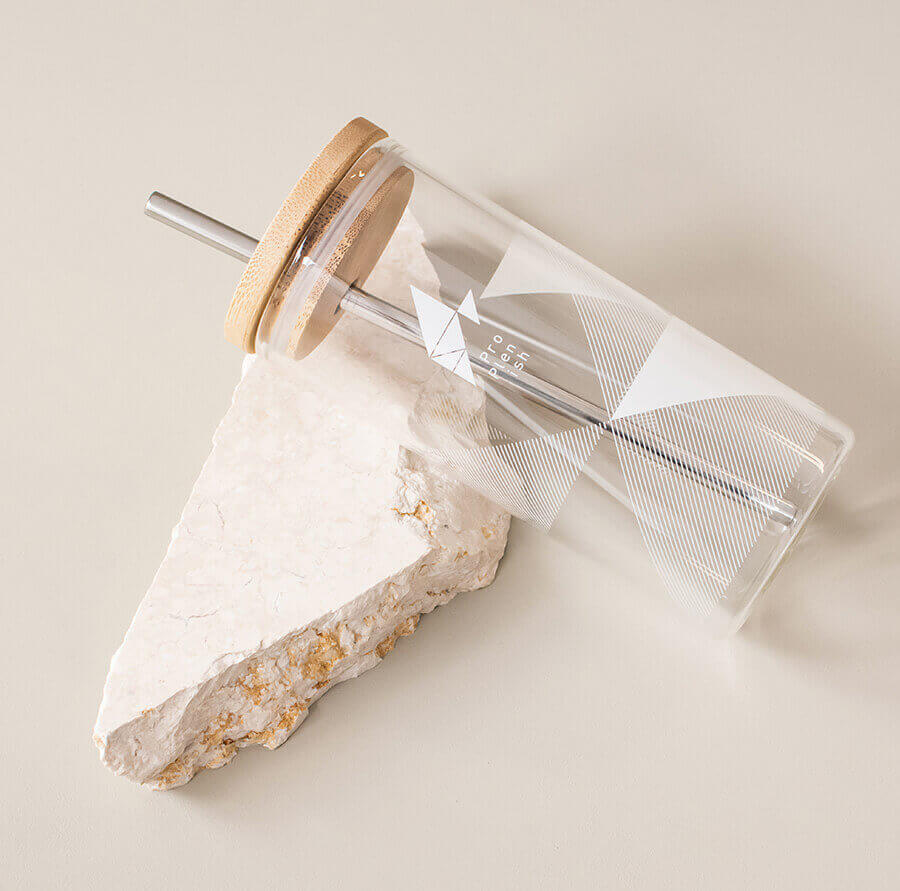
The Problem
With the popularity of smoothies, Starbucks frappuccinos, iced-coffees, boba milk tea etc etc, there is another single-use plastic item that can be avoided: the single-use smoothie cup (& straw which we discussed earlier). Yes, many cafes now serves these cold drinks in biodegradale PLA plastics but they’ll not compost unless they end up in a commercial composting faciity.
The Solution
Luckily you can buy nowadays reusable plastic free smoothie bottles. which you can bring with you when you need your next smoothie of coffee fix.
Tip: find one in an Opp shop, (It can be also a stainless steel milkshake cup), or repurpose a cocktail shaker as a your reusable smoothie bottle, if you have one already.
Related: 5 Benefits of Plastic-free Smoothie Bottles
5) Swap Single-use Shopping Bags with Reusable Shopping Bags
The Problem
This is a very important step, and one of the first ones you should take. How many plastic bags do you have at home already?
According to the ABC, Australians use around 6 billion plastic bags per year, 3.3 billion of which are supermarket plastic bags. All States & Territories across the country have banned lightweight bags but not all of them have banned the heavyweight plastic bags.
The Solution
You don’t have to buy new fancy grocery bags if you’re on a low budget. There are plenty of bags in circulation already, so just get enough bags together for your usual shopping round.
Tip: if you go shopping by car, just leave them in the car and remember to put them back directly after shopping. If you’re not using your car, then put a few foldable bags in your bag or backpack or at your house/apartment door. This way you’ll remember them when going out.
6) Swap Single-Use Plastic Produce Bags with Reusable Produce Bags
Once you get the hang of the reusable shopping bags, go to the next step and purchase some reusable produce bags. We have some made of recycled plastic on our platform that come with a handy cover to keep them all together.
Tip: as for the reusable shopping bags, just leave the reusable produce bags in the car and remember to put them back directly after shopping. If you’re not using your car, then put a few of them in your bag or backpack, so you’ll have them with you when you need them.
Related: 7 Inventions that will Help Us Ditch Plastic for Good
7) Bamboo Toothbrush
Every dentist would tell you to change your toothbrush every three months right? In Australia alone, over 30 million plastic toothbrushes are used and discarded each year (approximately 1,000 tonnes of landfill).
Swap your plastic toothbrush for a bamboo toothbrush and snap off the head and compost the handle at the end of its life. You can even take some pliers and snap off the nylon bristles if you like. Some toothbrushes claim to be completely biodegradable but please ask the manufacturer if that means home compostable or not. Biodegradable is a term often used in “greenwashing” aka the attempt to make a business seem interested in protecting the environment, when it is not. The bristles might biodegrade only in a certain environment under certain conditions. Most bamboo toothbrushes have nylon bristles.
Tip: don’t put your bamboo toothbrush straight into a container after washing it, the water will gather at the bottom and will make the bottom of your toothbrush handle mouldy. Lay the toothbrush horizontally directly on the washing basin or dry the bottom tip of the handle with your towel before placing it in the toothbrush container.
8) Reusable Cutlery Set or Spork
Plastic cutlery is one of the most common forms of litter… you see them in every park and on the streets, they cannot be recycled and end up in our waterways often breaking up into microplastics.
If you’re often on the go or are used to buying a takeaway lunch every day at work, please buy a reusable cutlery set or at least a spork which is a spoon & fork in one. Keep them in your everyday bag. There are nowadays many sets available from bamboo cutlery sets, to stainless steel foldable camping sets. Choose one depending for what you need it mostly for: i.e. if you need it everyday in the office, I’d go for stainless steel cutlery as it’s hygienic, safe, and it doesn’t risk of getting mouldy if you frget to wash it. However, if you need it for travelling, I’d opt for a bamboo reusable cutlery set as it’s lighter, and it’s not considered a safety hazard at airport security checkpoints.
Tip: if you are on a low budget, make yourself a set by just gathering together old cutlery from home or from an opp shop and wrapping them in a cloth bag.
9) Reusable Lunch Box
Lunch is often served in plastic containers that will stay in the environment for ever. Plant-based plastic containers made with PLA can only biodegrade in a commercial composting facility under certain conditions of temperature & humidity. By bringing your reusable lunch box to work or with you if you’re going to night markets etc. you avoid single use resources. Again, there are many styles andmaterials of lunchboxes on the market. We recommend using high quality food grade stainless steel or if you need to microwave your food, opt for a glass reusable lunch box. The reason is that it’s not safe to microwave food in plastic containers, even if the containers are marked as BPA free by the manufacturer.
Tip: have a specific “market bag” or “work bag” ready and put the containers straight back into the bag once washed.
10) Reusable Wraps
If you’re used to wrapping your left-over food or veggies in plastic wrap, it’s time to stop. I know we have been brainwashed for decades about how convenient it is to use it but there are many great alternatives to use instead. Beeswax food wraps or vegan wraps are a fantastic way to wrap your kids’ sandwich lunch or your veggies. Look also for cotton bowl and dish covers to protect your food, plus there are new single-use wraps on the market that are completely home compostable.
Tip: if you’re on a low budget, you can also use a Tupperware or glass jar to store your leftovers in the fridge or simply place a plate on top of a bowl.
11) Soap Bar (over Liquid Soap Bottles)
This is an easy way to reduce the consumption of plastic hand wash bottles. Yes, it’s handy and less messy to use a liquid soap but by simply using soap bar on a little plate, you are saving many plastic bottles a year. Make sure to choose a palm oil free soap which is not wrapped in plastic. Alternatively, we also have innovative hand wash powder on our directory that is packaged plastic-free in home compstable sachets and only require water to dissolve into a truly zero waste liquid soap bottle. See this video to discover how it works.
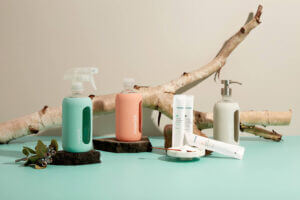
Once you feel confident about these 10 swaps, you can continue your journey to more items. We have compiled a free four page “plastic free living checklist” on how to remove unnecessary plastic and waste from your house, room by room. The checklist has been compiled as a printable workbook where you can simply tick off the solutions you’ve implemented, thus tracking your sustainability progress. Download your copy from the mentioned link or from our homepage.
We hope this simple guide answers the “How to go plastic free?” question and that you feel inspired to start today!
You can browse our eco-friendly swaps here.
Simona Paganetto
I’m Plastic Free
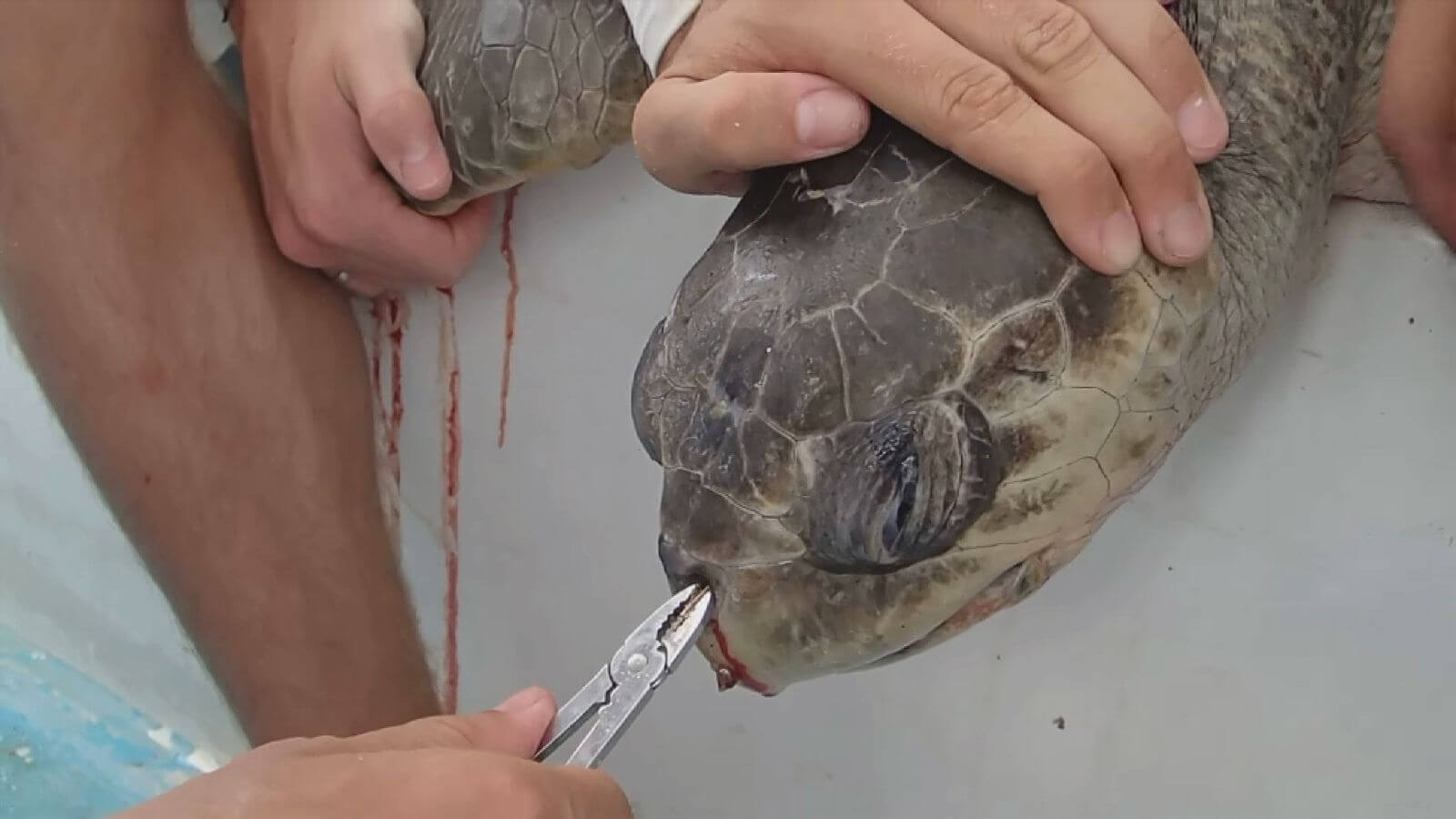
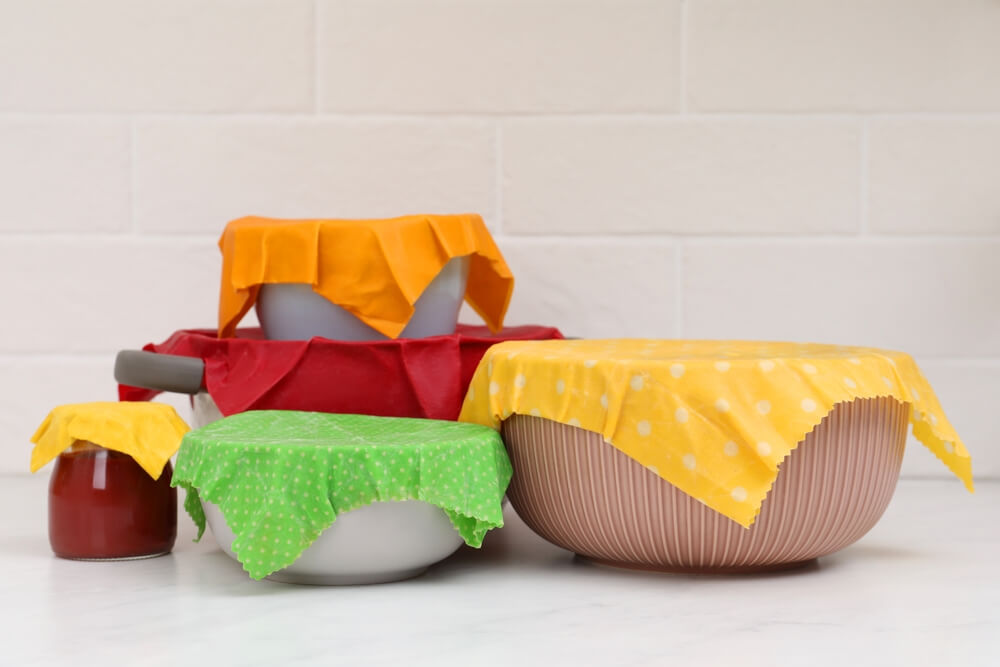
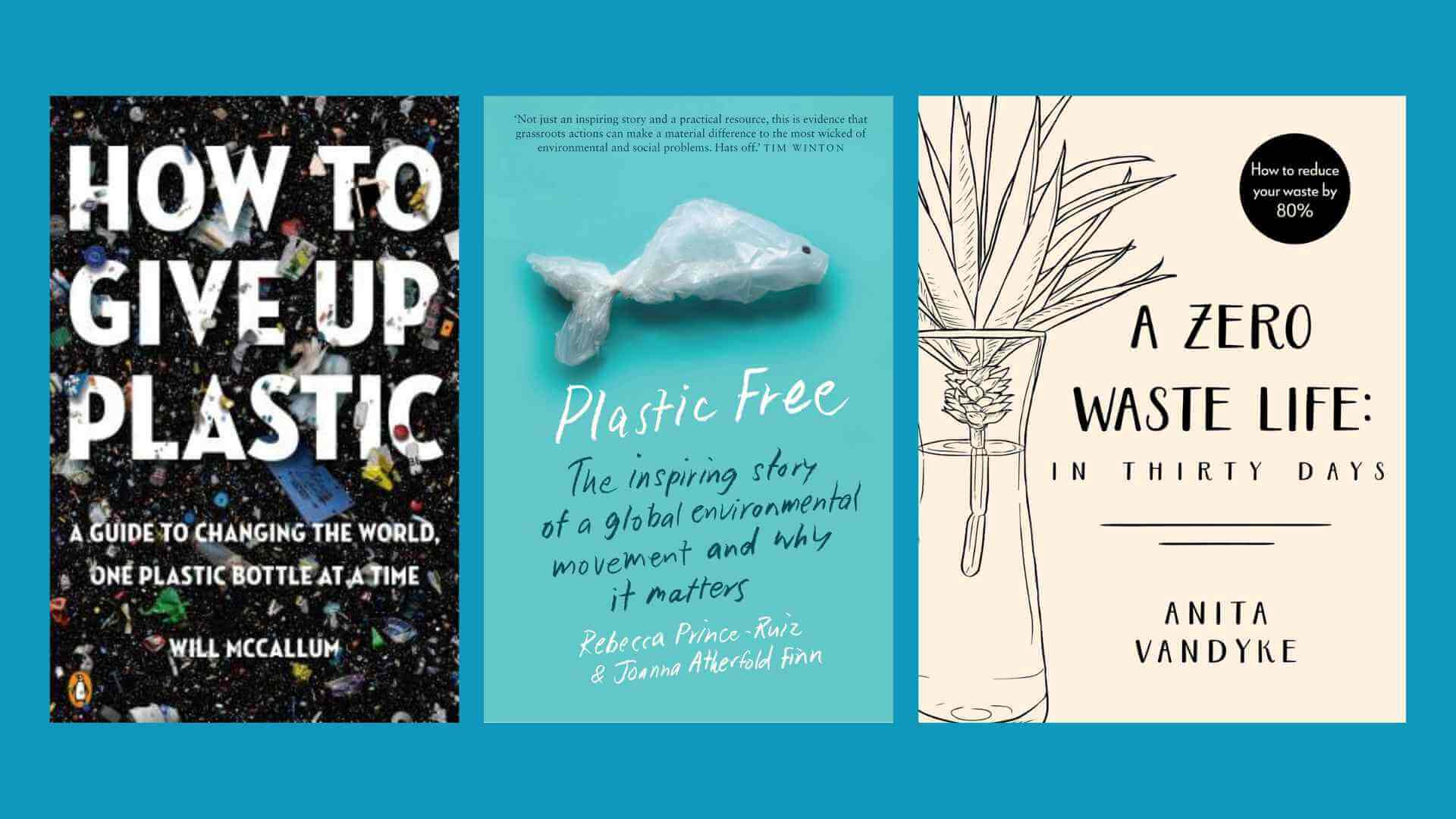
Victoria Ndinelago Erasmus
January 29, 2024 at 5:24 pmThese are awesome suggestions.
I'm Plastic Free
January 31, 2024 at 12:16 pmThank you very much Victoria!
Glad you found our recommendations on hoe to go plastic free useful!
Kind regards,
Simona